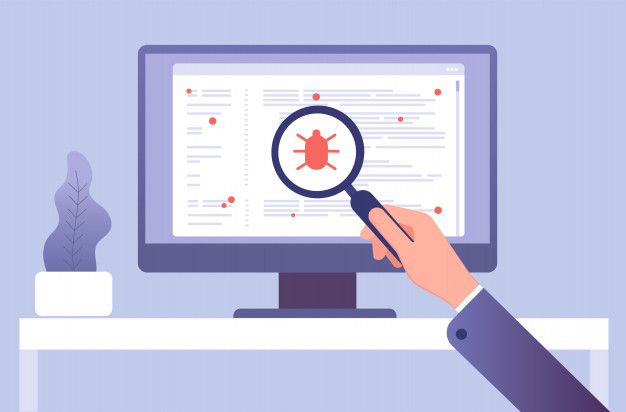Hackers are using evolving tactics in order to trick unsuspecting users. They achieve this by inserting malicious links in phishing emails and social media direct messages. They can even inject these links into popular websites. And once clicked, these links can lead one to websites with malware or ones that end up compromising their privacy and security. As a result, being able to scan malicious url is an indispensable skill when navigating online spaces.
The following are the different ways in which you can test and scan a URL for maliciousness without clicking on it.
Scan malicious url by using link expansion service
In order to trick you into clicking malicious links, hackers sometimes use link shortening links. Shortening services help to mask the end destination of such links and this makes it impossible for one to use the hovering method.
When you come across a shortened link, the best way to tell whether it is malicious or not is to simply use a link expansion service. These services reveal the eventual destination, and from the resulting reveal, you can always determine whether it is safe or not by comparing the URL with that of the official website you intend to visit.

Using a link expansion plugin to scan malicious url
If you don’t want to go through the trouble of having to navigate to a link expansion service every time you want to scan a URL for maliciousness, you can always install a link expansion plugin or extension. With these plugins/extensions in your browser, all you will have to do to confirm the eventual destination of a shortened link is to right-click on it.
Using link scanners to scan malicious url
With link expander services and plugins, you have to always be able to know the exact site that you want to visit or at least which ones to avoid. This can be exhausting. And in some cases, you may still end up getting tricked into clicking on malicious links.
Link scanners for malicious websites make this process a little less tedious. These scanners already have extensive databases of malicious and blacklisted links. Therefore, when you use them, they will compare the link in question with what they have in their databases. Once they find a match, they can then warn you of the danger that they pose.
Using your antivirus software to scan malicious url
Most modern antivirus programs are armed with all the tools necessary to detect malicious URLs. They do this by running every URL through their database. If they find that the URL is listed in their database of malicious URLs, they will give you a notification.
For some, in addition to using databases, they take advantage of their AI capabilities. Through machine learning, they are able to analyze the links for malicious behavior or characteristics. They can thereafter give you their conclusion based on their findings.
In order to fully take advantage of the link scanning ability of your antivirus software, you have to enable it in the settings. You may also have to enable real-time protection and scanning in order to get it working effectively. And in some cases, these features are usually reserved for premium users and so you may have to pay before being allowed to use it.
Another thing that you should keep in mind is that antivirus software can only be effective if it is up to date. Therefore, in order to get full protection from harmful links, regularly updating the software is necessary. And if you can’t keep up with the updates, considering enabling automatic updates is always a good idea.
Hovering to scan malicious URL
While there are a lot of great automatic malicious website scanners in the market, one of the easiest and most convenient methods of checking for maliciousness is by hovering over the link. By simply looking at the URL structure, you can easily tell whether what you are dealing with is a genuine link or not.
To do so, simply place the cursor on the link. At the bottom of your browser, you should see the full address of the destination website. If the address does not match the officially known website that it claims to be directing you to, then it is malicious.
When checking the URL, be careful to check for misspellings, suspicious characters, and hyphens. Most hackers try to make links in phishing attacks to be as similar to the intended site as possible. Therefore, giving the URL one or two more looks before clicking on it is always advisable.
The good news is that even though hackers are increasing the sophistication of their attacks, security experts are increasingly coming up with tools to match this sophistication. What is even better is the fact that most of these tools are being provided for free.





